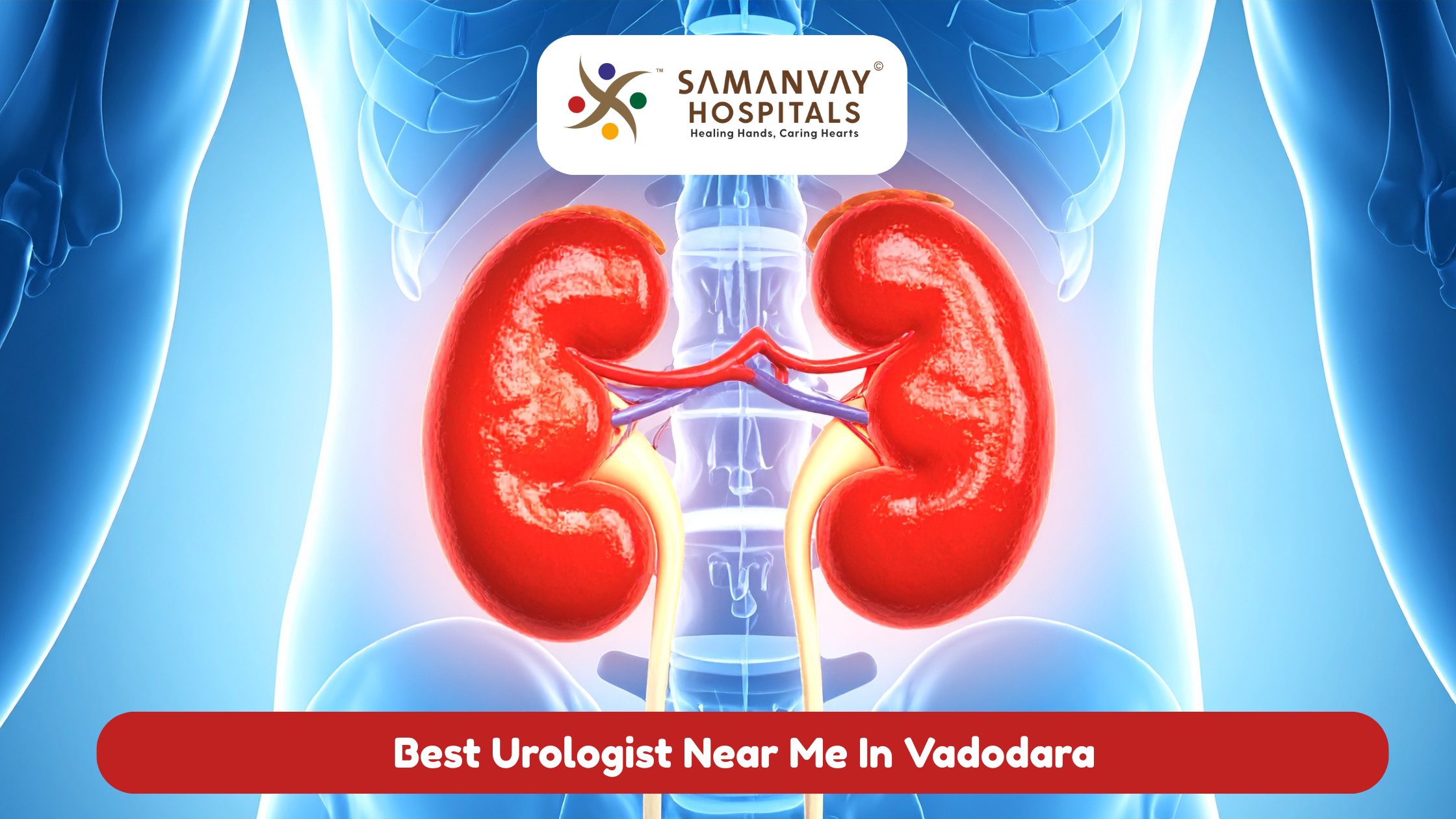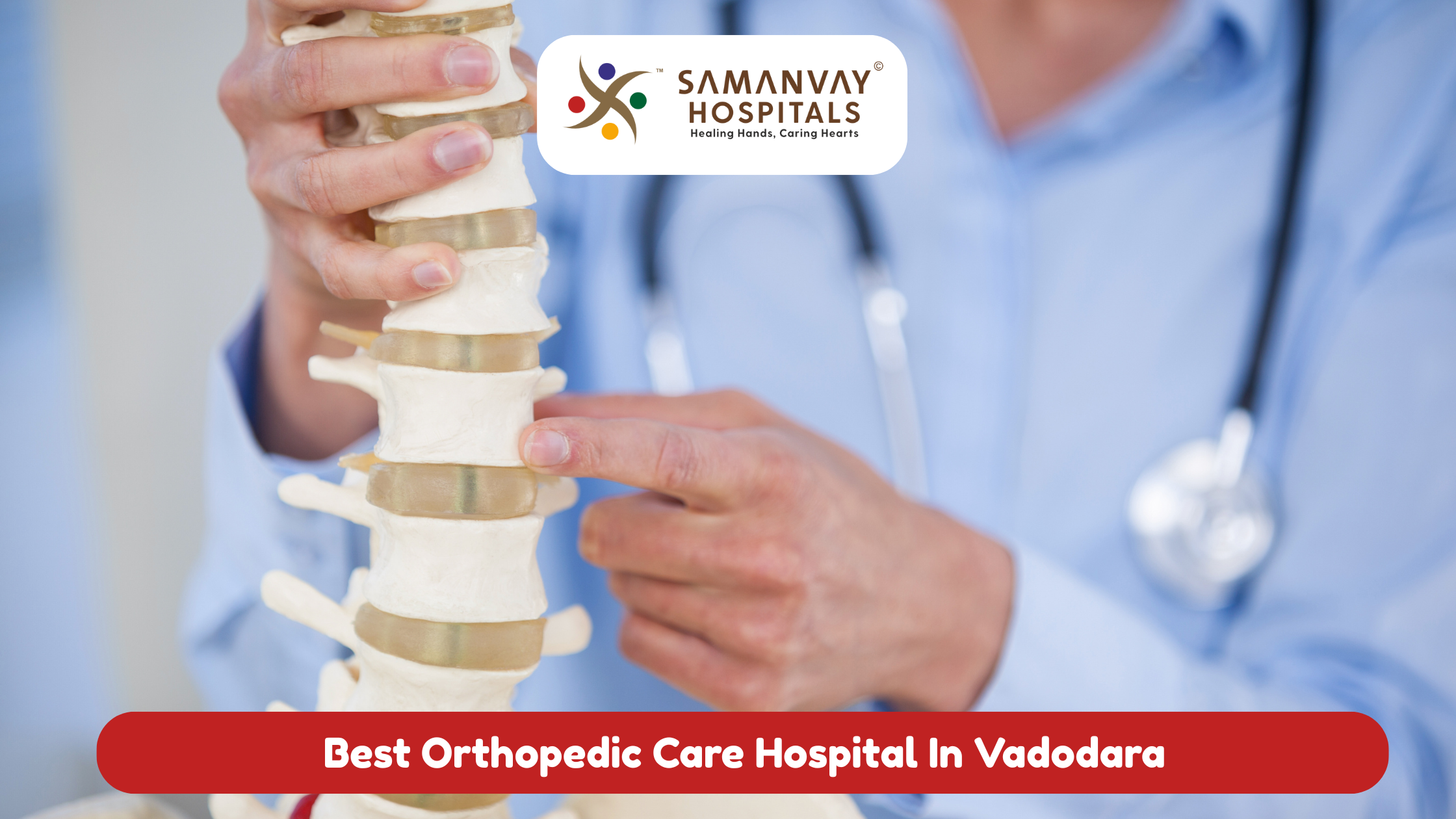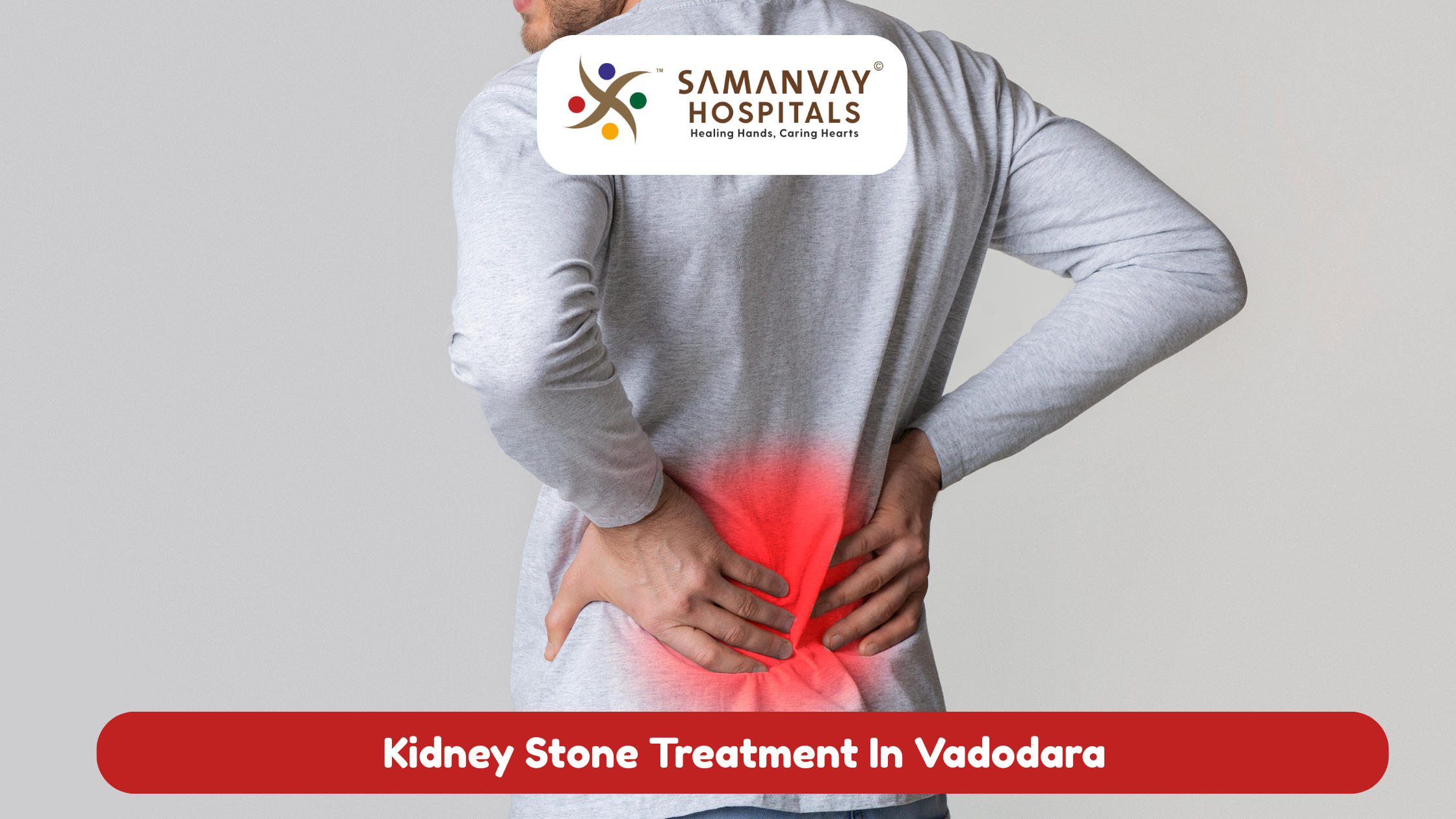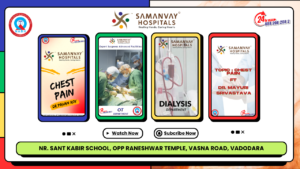
How Does Critical Care Differs From Emergency
Table of Contents
- Introduction
- What is emergency care?
- What is critical care?
- Key differences between critical care and emergency care
- How do patients move from emergency care to critical care?
- The role of doctors, nurses, and specialists
- How do these services work together in hospitals?
- Importance of understanding the distinction
- Who needs emergency care vs. critical care?
- Common myths about emergency and critical Care
- Benefits of modern medical facilities
- Final Thoughts
- FAQs
Introduction
Critical Care Differs From Emergency, In medicine, individuals get the two confused as emergency care and critical care. Both are used for saving lives but are used for different reasons. Knowing the differences helps patients and families understand what to anticipate under critical circumstances. Therefore, each service is defined well within this guide, emphasizing how they complement each other and the reason why both are crucial. Knowing how they are different will help you appreciate the course of treatment within Indian hospitals and global hospitals.
What is emergency care?
Emergency care is immediate medical treatment provided to patients suffering from acute illness or injuries. The objective is to stabilize the patient as soon as possible.
Key features of emergency care:
- Rapid evaluation of symptoms
- Instant treatment to save life or avoid deterioration
- Treatment for trauma, heart attack, stroke, severe infections, and other emergencies
- Short-term hospitalization in the emergency department prior to transfer to a different ward
Emergency care is provided 24/7. Under pressure, teams treat patients in a matter of minutes. They do not stabilize for the long term but rather hasten stabilization. Furthermore, emergency care can occur anywhere—from roadside to emergency room—wherever a patient requires immediate aid.
What is critical care?
Critical care is intensive medical care for patients with conditions that can be a threat to life and require continuous observation. This is usually performed in an intensive care unit (ICU).
Most important characteristics of critical care:
- Sophisticated equipment for monitoring vital functions
- Ongoing observation by intensively trained personnel
- Assistance to failing organs through ventilators, dialysis machines, and other equipment
- Care for patients following severe surgery, life-threatening infections, or organ failure
Moreover, while emergency care is concerned with fixing the problem immediately, critical care is not so concerned. It entails long, meticulous care to recover or stabilize vital body functions.
Key differences between critical care and emergency care
While both are essential, they serve different stages of treatment.
| Feature | Emergency Care | Critical Care |
| Goal | Rapid stabilization | Long-term monitoring and support |
| Duration | Short-term (minutes to hours) | Extended (days to weeks) |
| Location | Emergency Room (ER) | Intensive Care Unit (ICU) |
| Equipment Used | Basic life-saving tools | Advanced organ-support systems |
| Type of Staff | Emergency physicians, trauma nurses | Intensivists, critical care nurses |
Therefore, emergency care is usually the first port of call, with critical care after if the condition continues to be serious.
How do patients move from emergency care to critical care?
Most patients initially present at the ER with extreme symptoms. After initial stabilization, physicians can determine that the patient requires continued advanced monitoring. At this point, the patient is transferred to the ICU for critical care.
For example:
- A patient experiencing a heart attack is treated promptly in the ER.
- In the event of complications, they are taken to critical care for constant monitoring.
Moreover, this transfer needs appropriate coordination of teams to avoid any form of delay in treatment.
The role of doctors, nurses, and specialists
Both critical and emergency care depend on highly qualified professionals, but their concentration varies:
- Emergency doctors treat emergency matters and make quick decisions.
- Critical care specialists (intensivists) monitor extended treatments and handle organ-facilities.
- The emergency room nurses run to stabilize patients, while ICU nurses live with less patients for round-the-clock monitoring.
Furthermore, all these teams work together very closely. Additionally, the presence of sophisticated facilities — as available in some of the best hospitals in Baroda — makes the transition between departments easier.
How do these services work together in hospitals?
Emergency and critical care are interlinked components of contemporary healthcare. Emergency wards save lives between the initial few minutes, whereas critical care units safeguard patients throughout recuperation or continuing sickness.
Moreover, Indian hospitals possess better infrastructure, underlining the fact that both units are well-equipped with latest monitoring equipment, well-trained professionals, and revised guidelines. This coordination guarantees that patients experience uninterrupted treatment without any pause.
Importance of understanding the distinction
Understanding the difference allows families to make better choices. When a patient is admitted to an emergency room, the need is immediate action. However, if the condition demands observation over a long period, critical care is required.
Understanding the process also minimizes confusion during traumatic moments. Additionally, with clarity, patients are provided with timely consent for treatments and transfers as necessary.
Who needs emergency care vs. critical care?
Emergency care patients are:
- Accident victims
- Stroke or heart attack patients
- Patients with breathing problems
- Severe allergic reactions
Critical care patients are:
- Patients with high risk post-surgery
- Patients with multi-organ failure
- Severe infection cases who need to be kept on a ventilator
- Patients who require continuous blood pressure or heart monitoring.
However, families should also go through the list of hospitals in Vadodara or other cities and find out which ones have ER as well as ICU departments to dealv with such cases efficiently.
Common myths about emergency and critical Care
- Myth 1: Both are the same.
- Truth: Emergency care handles urgent, immediate needs, while critical care involves continuous treatment.
- Myth 2: Patients always recover after entering ICU.
- Truth: ICU care is advanced but results depend on disease and overall health.
- Myth 3: Only large hospitals offer these services.
- Truth: Many hospitals, including middle -sized cities, provide quality ER and ICU features.
Benefits of modern medical facilities
Health standards have increased significantly. Hospitals now use advanced imaging, surveillance equipment and safety measures. All these increase the patient’s survival rate in advance of emergencies and also take critical care.
Additionally, most hospitals in India have specialized rapid assessment teams, speedy transfer personnel, and enhanced interdepartmental coordination — so patients receive early and efficient treatment.
Final Thoughts
Emergency care and critical care have different -different but equally important roles to play in saving life. Emergency care is for acute illness or injury, while significant care is for those to survive in long periods whose condition is unstable. Both say highly capable teams, refined equipment and proper hospital features.
Therefore, by knowing this difference, families are more equipped to handle critical medical conditions. Whether you are looking into services in your community or just learning about healthcare in general, it is relevant to know how these units cooperate to save lives.
FAQs
Emergency care is for immediate stabilization, while critical care provides long -term, intensive monitoring.
Not all, but many modern hospitals. It is intelligent to check the facilities before an emergency.
Yes, if surgery is recruited or referred to long -term monitoring.
No, it depends on the patient’s condition and risks.
The cost varies depending on the location, features and duration of treatment.







